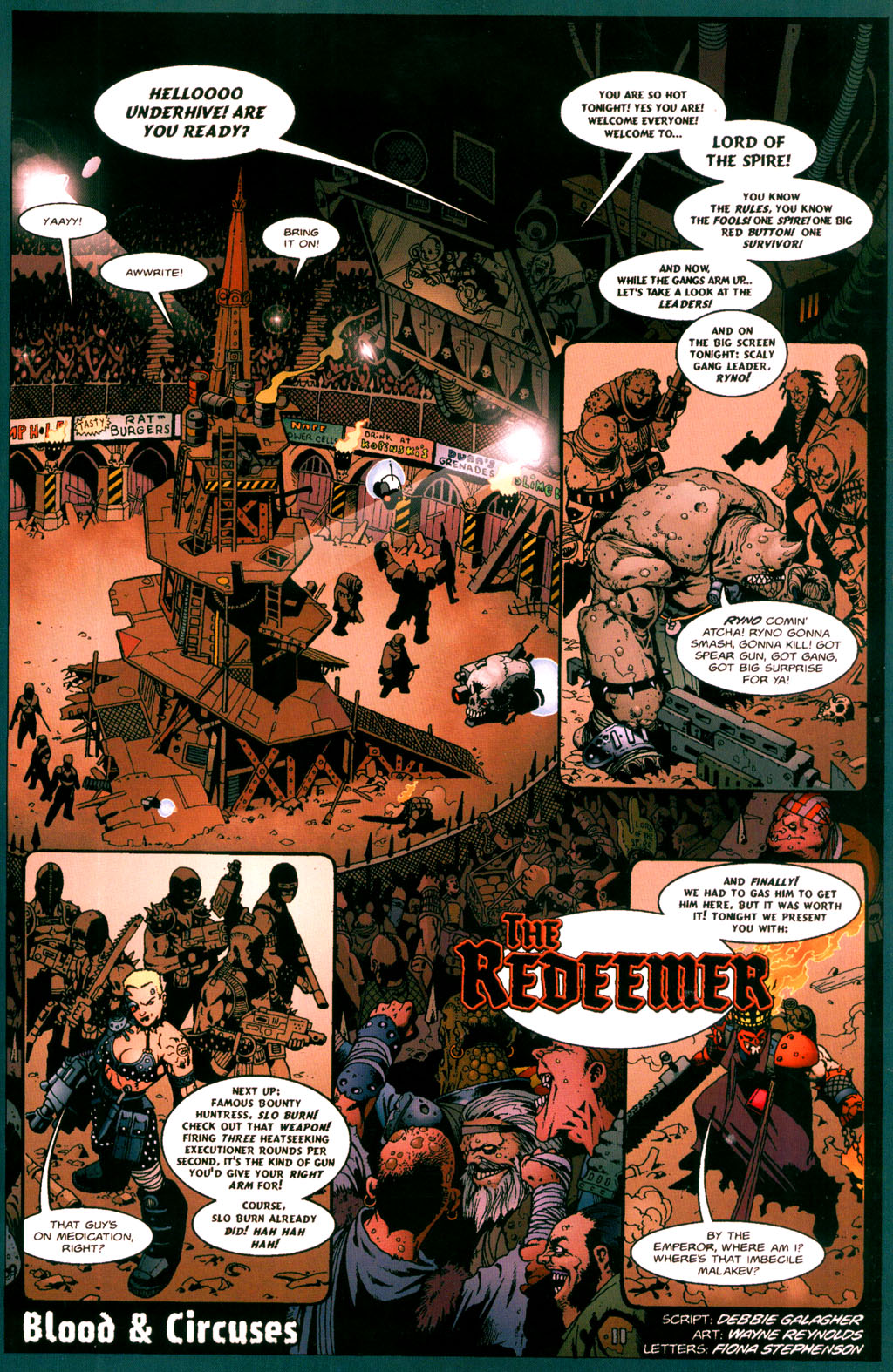I just thought I'd start a discussion. We've all talked about the inconsistencies in regimental sizes before. It's an awkward standard, and that just doesn't seem right. After all, the Imperium is nothing if not standardized. Dealing with astronomical numbers of troops, transports, munitions, vehicles, etc., requires some sort of standardization, and the Imperial Guard regiment seems to break that logic. This doesn't make much sense given that the transports that carry them are standardized ships.
I've written this off before as Brits and their regimental thing. British regiments are a recruiting unit. One battalion goes off to war and a cadre stays behind to provide a continual supply of fresh meat for that battalion. But, FFG is located in Minnesota (IIRC). The Brit analogy falls flat.
WWII divisions were a logistical unit. They were standardized to make them easier to supply. Armored and mechanized divisons required about 50% more supply, but this was entirely given over to POL (petroleum, oil, and lubricants). Their manpower was significantly smaller than an infantry division for the same country in question (with the exception of Soviet corps, but those aren't divisions, technically, and much of their variance in organization was due to their shortage of motorized transport). Divisions weren't operational fighting units. That job was given to brigades (kampgruppen, regimental combat teams, etc.). Incidentally, this same operational unit holds true back through the days of early gunpowder, medieval periods, and even ancient times. Apparently, no matter how much room they took up on the battlefield, operational units tended to number a few thousand. I'm sure it has something to do with the command and control capability of a single person in charge (with a staff, of course).
The reason I'm bringing all this up because the barracks component would be a pretty standardized addition to a ship. Sure, it varies in size according to the size of the ship it is installed in, but there still needs to be a range of small to large that it fits within.
Thoughts?
